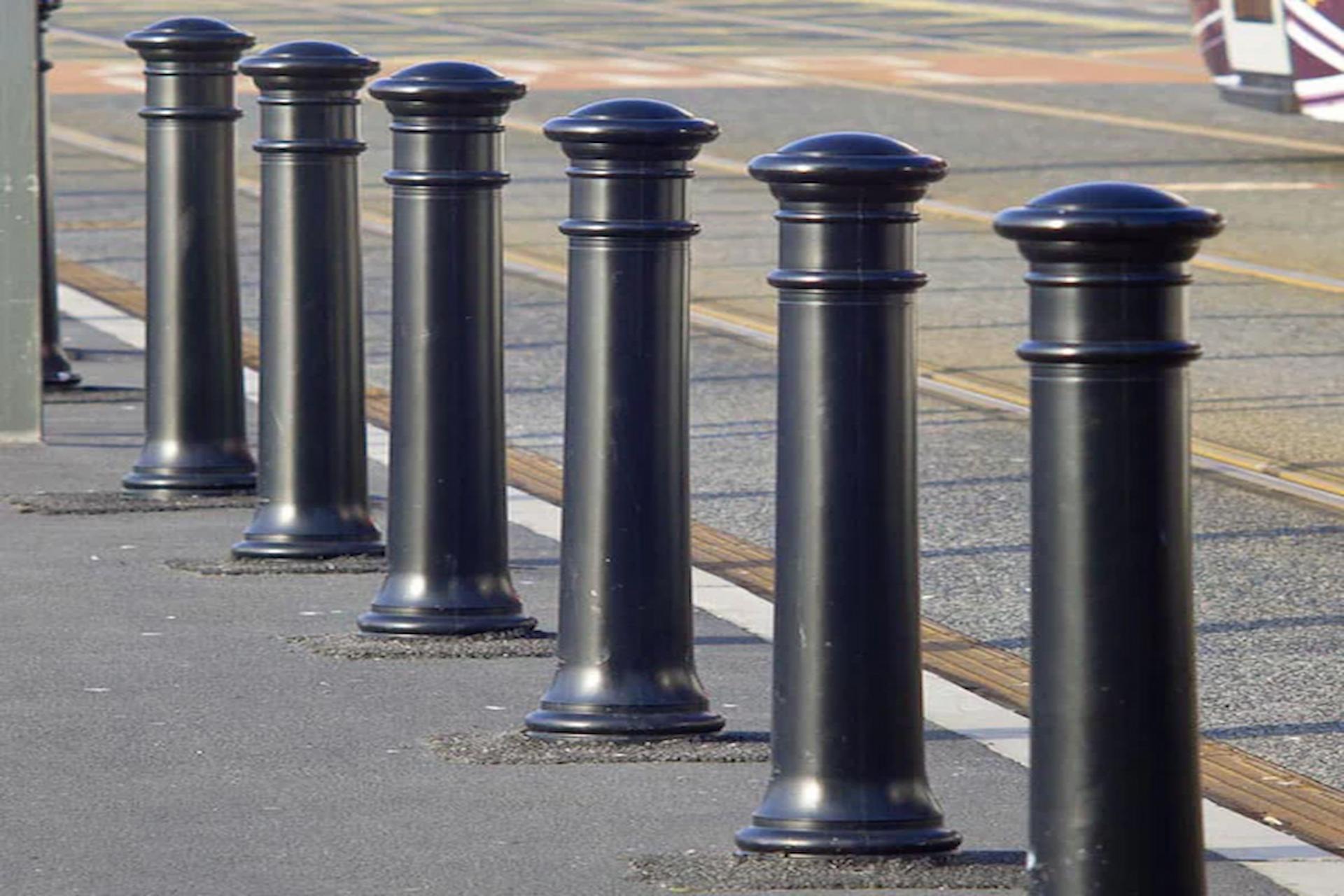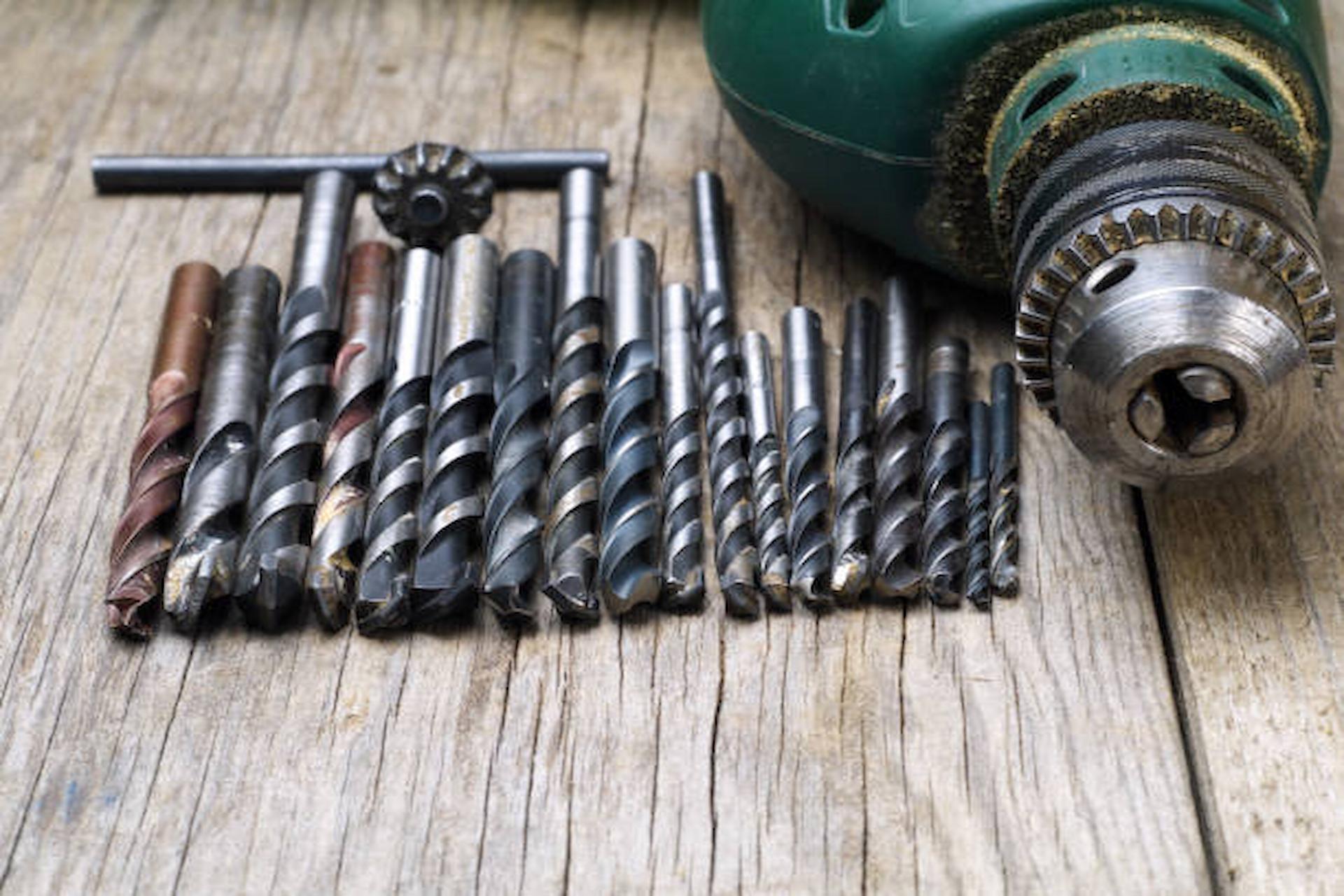Bollards serve many purposes, but the main reason for building these barricades is for the safety of property and people. These act as barricades between parking lots and sidewalks, and buildings. It can also be used to narrow lanes and slow down traffic.
Security bollards have many other uses besides those mentioned above. So it makes sense to have another stock. Knowing the types of bollards and their services will help you know which is best suited for your purpose. Here are some types of bollards and their uses.
Different Types Of Bollards
So while bollards serve various purposes, the main reason for installing them is that they do as a security tool for things and people. To fully understand these attractive shapes strategically placed around us, let’s look at the most common types of bollards and why they are used.
Embedded Bollards
Embedded bollards are simply bollards set deep into the ground. This is typically for added strength and security. Embedded bollards can be made from common materials such as steel, concrete, or even wood, but a bollard is only as robust as its embedded foundation. A steel column buried deep in a reinforced concrete base would be substantial. In contrast, wooden posts buried in soft sand or soil are less protected.
Surface Mounted Bollards
This type of bollard typically uses a mechanical fastening system to attach the bollard to a surface. This is a cheap installation method, but it could be more secure. In a collision, the anchor is often the weakest link and quickly breaks, leaving a bent bollard and damaged foundation. However, if the purpose of the bollard is to provide mere presence or a psychological barrier, this type of installation is the most cost-effective. Shear bolts may also need to be used in post-tensioned concrete structures to prevent the column from striking the building and causing damage problems associated with standard surface-mounted columns.
Rebounding Bollards
Rebound bollards use energy absorption technology to strengthen embedded bollards with lower installation costs and the flexibility of surface-mounted bollards. In the event of a rebound bollard crash, the mechanism, which is an elastomer or spring system, absorbs and dissipates the vehicle’s energy more slowly, which can result in a rollover. Ideally, the bollard will return to its original undamaged and fully functional position. Some barriers use advanced polymers that do not yield, like cast iron bollards or concrete under extreme stress. Another advantage of this system is the gradual absorption of impact energy, thus reducing damage to vehicles, passengers and cargo.
Retractable / Removable Bollards
Not all uses of bollards are intended to prevent access permanently or all the time. As such, retractable and removable bollards are designed to give owners or potential travellers access to areas normally denied by bollards. This usually happens in one of several ways. The lowest technology is the pipe-in-pipe method where sockets are created in the ground. The bollard can be removed from the socket when access is granted. This is cheaper but requires manual intervention to access the area.
Conclusion
However, there are many different bollards on the market, depending on the type, application, and material from which they are manufactured. Choosing the right bollard for your needs can be difficult. That is why we recommend contacting a local bollard expert to gain insight into your selection.




